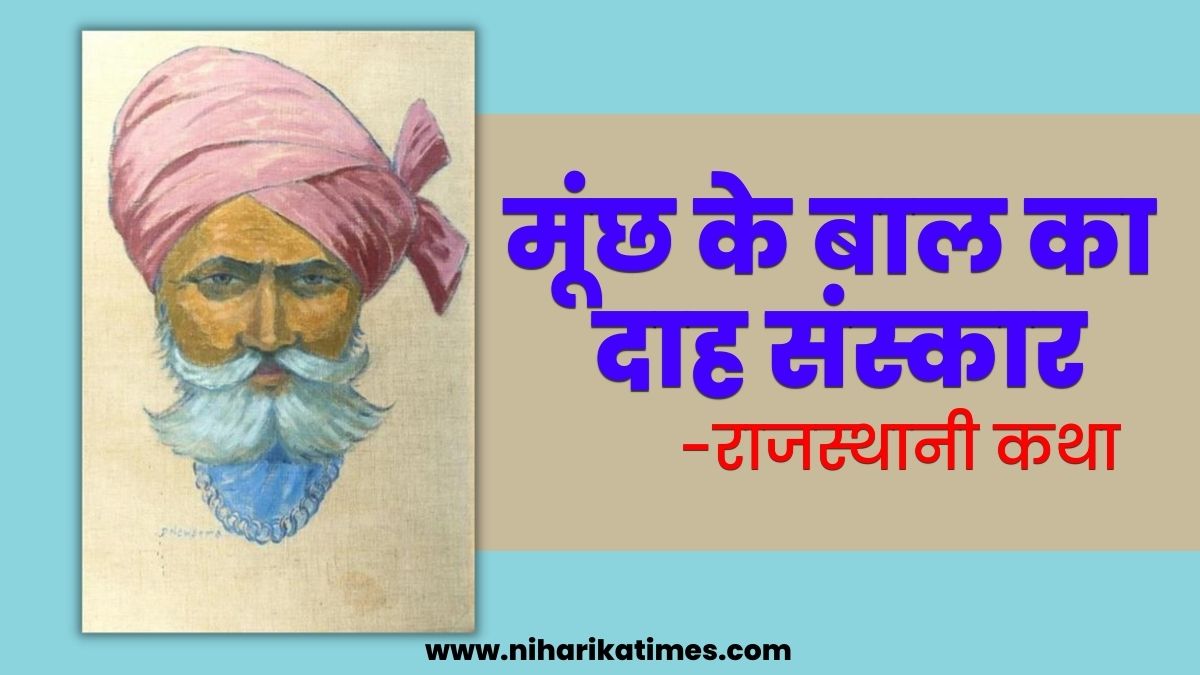Gogaji. Gogaji Chauhan is a very popular deity outside Rajasthan in Uttar Pradesh, Haryana, Punjab, Himachal Pradesh etc. Gogaji is always remembered wherever Gorakhnath or Nath sect is prevalent.
Goga is also called as Gugga. His second popular address is also Jahirpir. Long songs of Jahirpir’s exploits spread to Bengal. Jahirpir appears in folk tales and songs as a valiant warrior and a strong protector against foreign invasions.
Goga Chauhan ruled by making Dadreva (Churu) his capital. This Dadreva is presently situated in Nauhar Tehsil of District Ganganagar. The place of Dadreva is also known as ‘Shees Marhi’. At a distance of two kilometers from this place is ‘Goga Medi’ where the tomb of Gogaji has been built.
The form of Goga in Rajasthan and surrounding areas is evident in the folk literature. Many tragic incidents happened regarding Gogaji’s marriage. They also face the invaders. He is also worshiped as the god of snakes. Gogaji’s recognition is in the public community, apart from getting the good, it is also for the prevention of evil.
Gogaji – Folk God of Rajasthan (5)
There is mixed feeling of fear in their beliefs. A Rajasthani paduttar (puzzle in the form of a question) is ‘Gogo badi ya gusai?’ Means Goga is bigger or Gusai. So the answerer says that whosoever is bigger, who will enmity with the curtains (snakes)? That is, the one who protects from snakes should be considered great. In all the primitive civilizations of the world, the relation of brave men is found connected with snakes.

In all the folk literature related to Gogaji, his relation with snakes is connected at many places. India is a hot country and to avoid snakes a deity should be worshiped and that happened towards Ghazi. There is a saying in Rajasthan that Goga planted Khejdi (Shamo tree) in every village.
Khejdi tree grows everywhere in Rajasthan and under these trees, by digging the idol of snake charmer on a stone, Gogaji’s than (place) is made. Lamps are also lit here. The flag is also planted on the khejdo. Such places of worship (than) of Gogaji are found in all the villages.
The history of Gogaji is very complicated. Many scholars have considered different times to be the era of Gogaji from Samvat 770 to the middle of the fourteenth century. Those who relate Goga to Gorakhnath, they have not been able to reconcile the period of history.
The reason for this is that the time of Gorakhnath is also uncertain. Along with this, the oral literature telling the relation between Gorakhnath and Goga also seems to be imaginary. In this situation, it would be beneficial to write something on the life of Gogaji, taking Rajasthani talk and reputation as the basis and this Gogaji is the folk deity of Rajasthan.
It is believed by all that Gogaji belonged to the Chauhan dynasty, which has been a glorious ruling dynasty of India. The Kayamkhani Muslims of Rajasthan were the first Chauhans. These Muslims also consider Gogaji as their ancestor and worship Gogaji as a Pir.
According to Rajasthani folk literature, Gogaji was married to Kelmade, the daughter of Budha, the grandson of Marwar Naresh Rao Asthan. Budha’s immediate younger brother Pabuji Rathore was a folk deity of Rajasthan. Both Gogaji and Pabuji were charismatic men. There was a competition between these two to show miracles, it is known from folk stories.
This ‘Goga Rakhri’ is woven with red and white thread. By tying a rakhi, they say, ‘Hali baldi goga rakhwali’, which means Gogaji will remain the keeper of the hali and the bull (from the fear of snakes).

Gogaji is worshiped every year on Bhadon Shukla Naumi. This festival is called ‘Goganam’ but the Jat caste farmers celebrate the festival of Goganam in the Krishna Paksha. Gogaji’s fair is held at his tomb (Gogamedi, Tehsil Nohar, District Ganganagar, Rajasthan Province) on both sides of Bhadrapada month. Cattle fair is also organized on that occasion.
Fort-like walls have been built around the Gogamedi place. Mosque-like minarets also stand on these walls. The whole building looks like a mausoleum from outside. Inside, at the entrance of the main temple, Muslim Kalma ‘Bismillah’ is engraved on stone. The mausoleum built here is of white marble. The idol of Gogaji is standing in the nearby Deoli, riding on a sky horse, carrying a spear, wearing a crown decorated with snakes.
Gogaji’s life is a heroic story written with the edge of a sword. He followed Kshatra Dharma. Protected the country from Muslim invasions, chastised the wicked and always remained in the service of the mother. Gogaji is going to give Abhay Daan to the farmers. It was because of this benevolent form that Gogaji became popular. Hindus consider Gogaji as a deity, while Muslims consider Gogaji to be a deity worshiped by lakhs of farmers and devotees of Rajasthan.
For all the big news of the country and abroad Niharika Times Follow Us Facebook like on and Twitter Follow up on always up to date Niharika Times Go to



